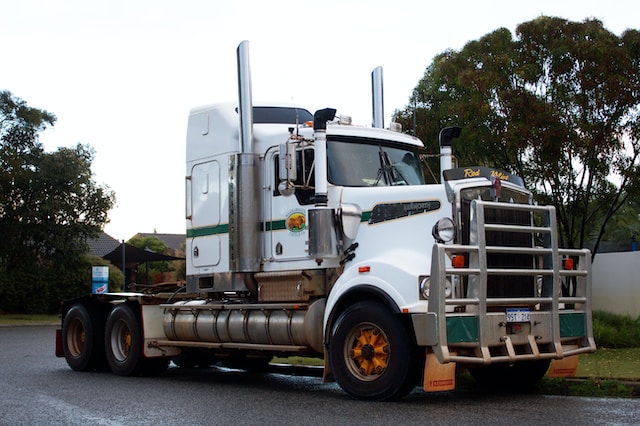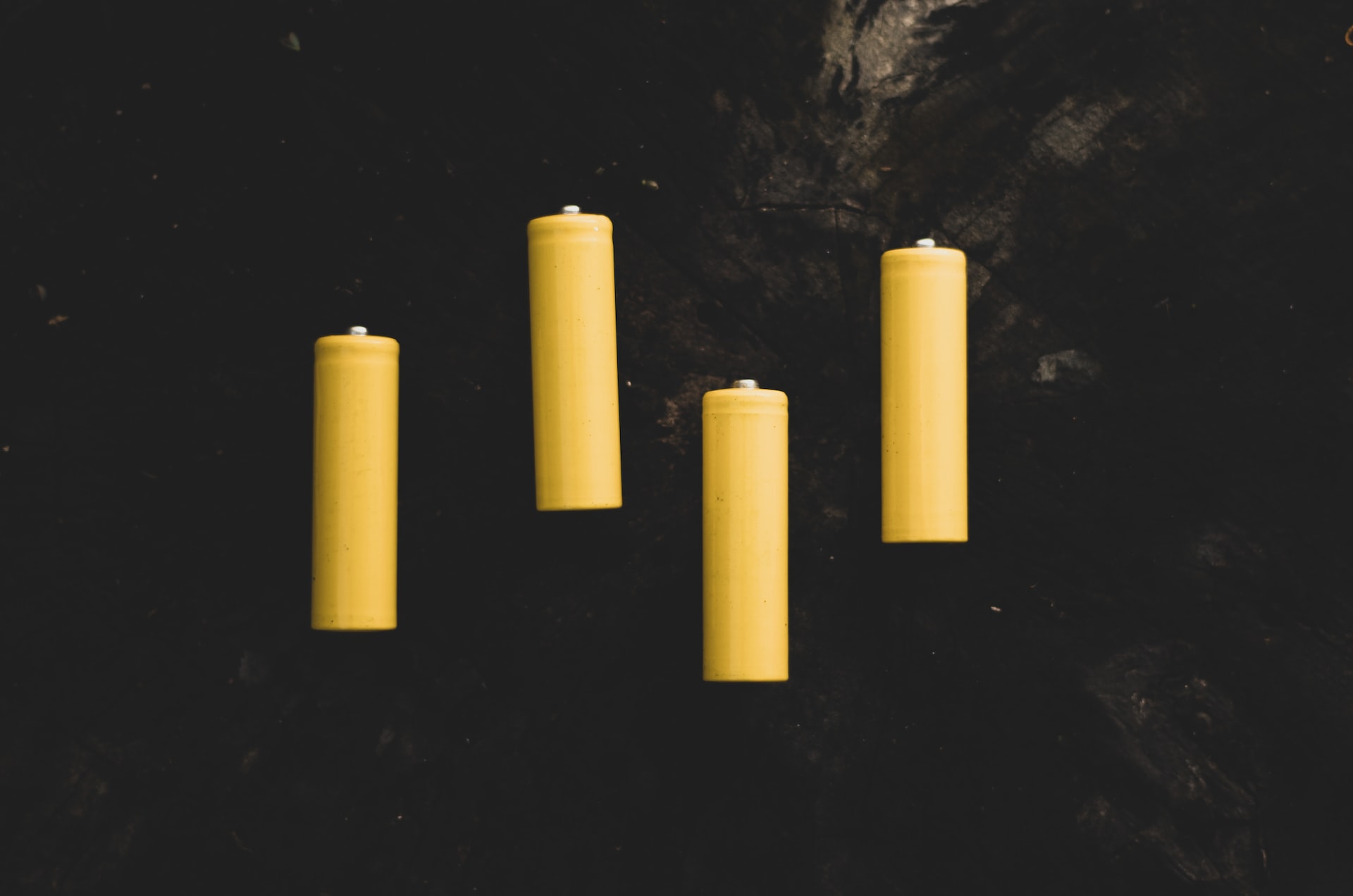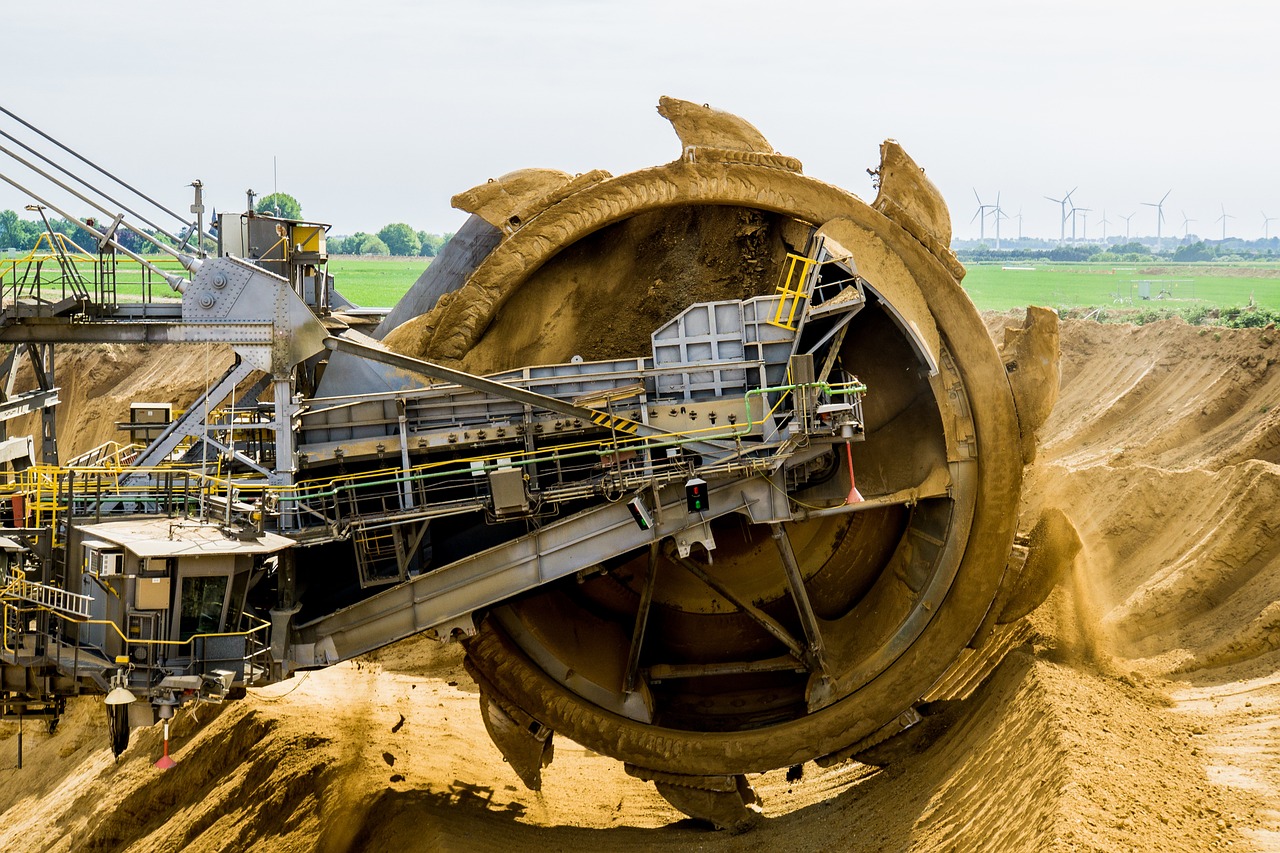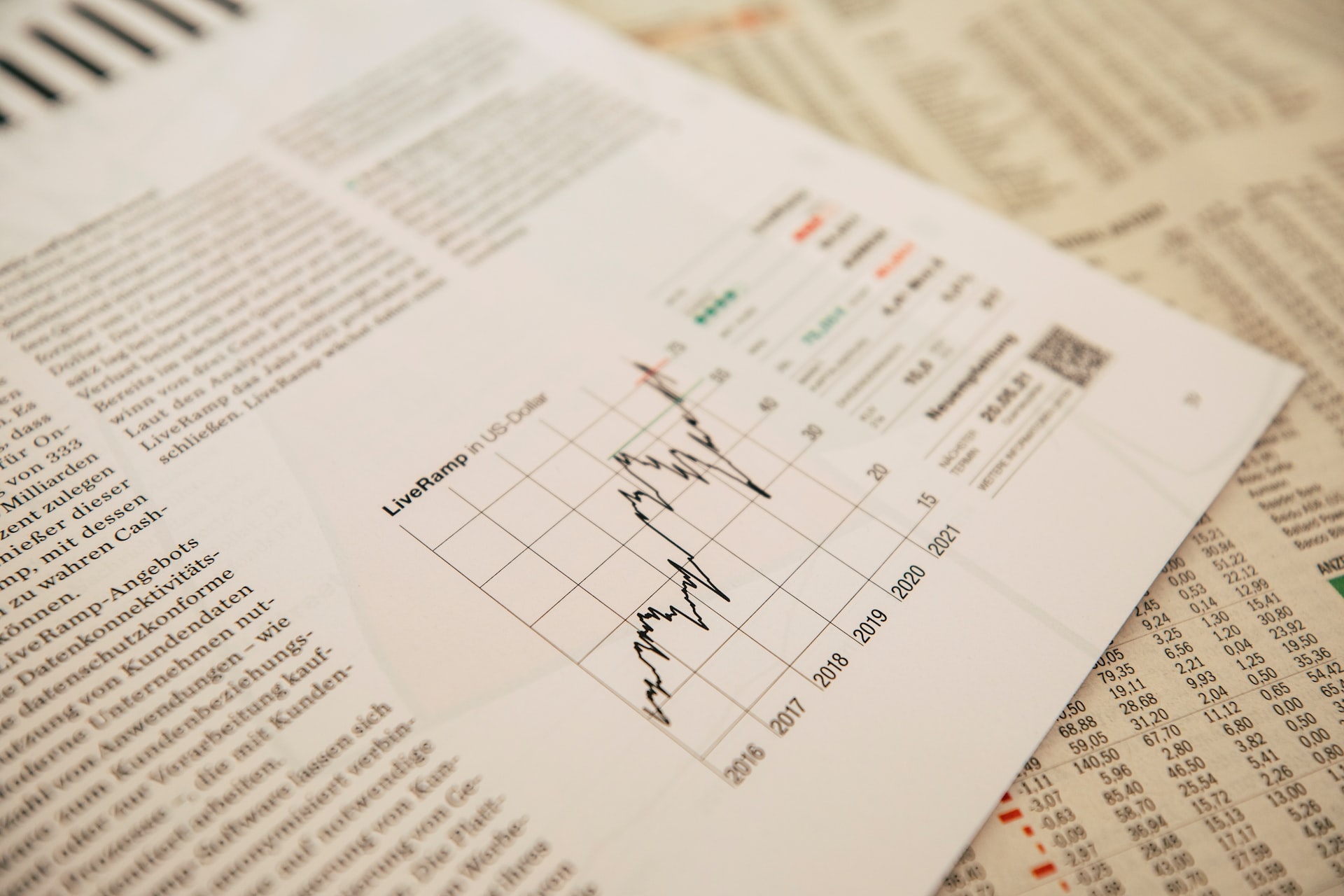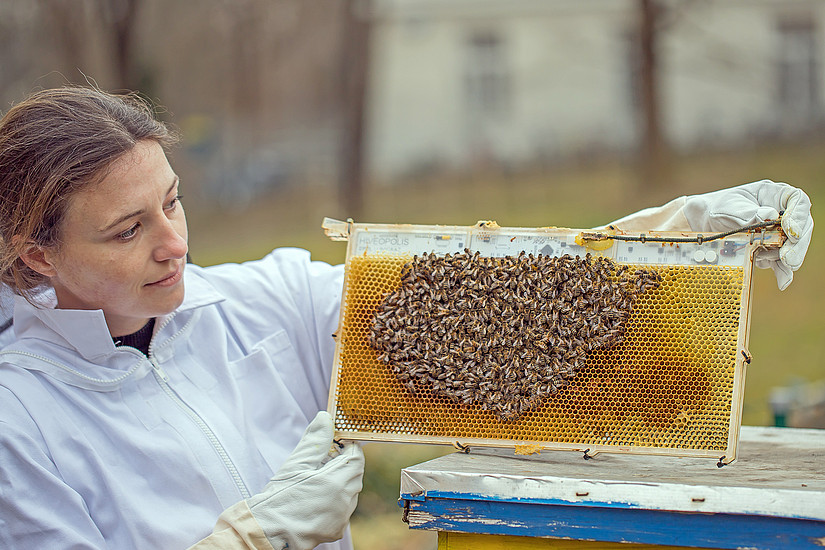In a recent IndustryTap article: “3D Modeling with Hand Gestures” we saw Elon Musk demonstrating the new design technique that allows virtual manual molding, modeling and manipulation of complex designs in developing or improving products. The technology was cobbled together in early 2013 from existing hardware and software and has gone through several iterations that have improved its capabilities.
At SpaceX, once designers or engineers have finished a model, its digital design is sent to a 3-D printer that fabricates and renders prototypes in titanium or inconel.
The first version of the system allowed design of “wireframes” or basic outlines or representations of products and all of their components. These three-dimensional renderings “floated in space” on the computer screen, allowing virtual hand manipulation with one or two hands, “zooming,” spinning and catching. This was the beginning of a new way of interacting with complex models to understand them better.
The next step in the process was allowing interaction with CAD software and manipulating the actual 3-D model of the SpaceX Merlin engine using hand gestures.
The following image shows Elon Musk manipulating the Merlin engine. Through interacting with the engine, engineers can better and more quickly understand how the engine is built, works and might be improved. It has been the experience of SpaceX engineers to see a much shorter development time for new products. This is truly a design revolution; designers and engineers are moving away from working in two dimensions on a computer.
The next step for SpaceX’s new design technology was having staff use 3D glass and 3D projection, much like one experiences in a 3-D movie theater, and this was combined with hand gesture technology. Next was creating a freestanding, 3-D class projection system like the technology used in Iron Man movies.
Virtual Reality, the Final Step
Finally, SpaceX incorporates Oculus Rift. Oculus Rift is a virtual reality system in which The Merlin is a 3-D object and the engineer feels as if the object is directly in front of him. These technologies, according to Musk, better allow designers and engineers to use their intuition and take ideas to a physical object in the natural way a potter works with clay.
Musk describes the process as “getting the idea out of our head and into a computer” and then “getting the idea out of the computer and into reality.” The final step is achieved using 3-D printing technology. SpaceX uses a 3D laser metal printer which lays down particles of titanium or inconel. After metal particles are laid down, the laser goes over them, melting them to the prior layer.
Related articles on IndustryTap:
- Using Virtual Space Station To Diagnose, Treat Psychosocial Problems
- Wunderkind Magic Leap, Blending Real & Virtual Worlds, Raises $542 Million
- State-of-the-Art Physics Software Elevates Paper Airplane Design to a New Level
References and related content:

